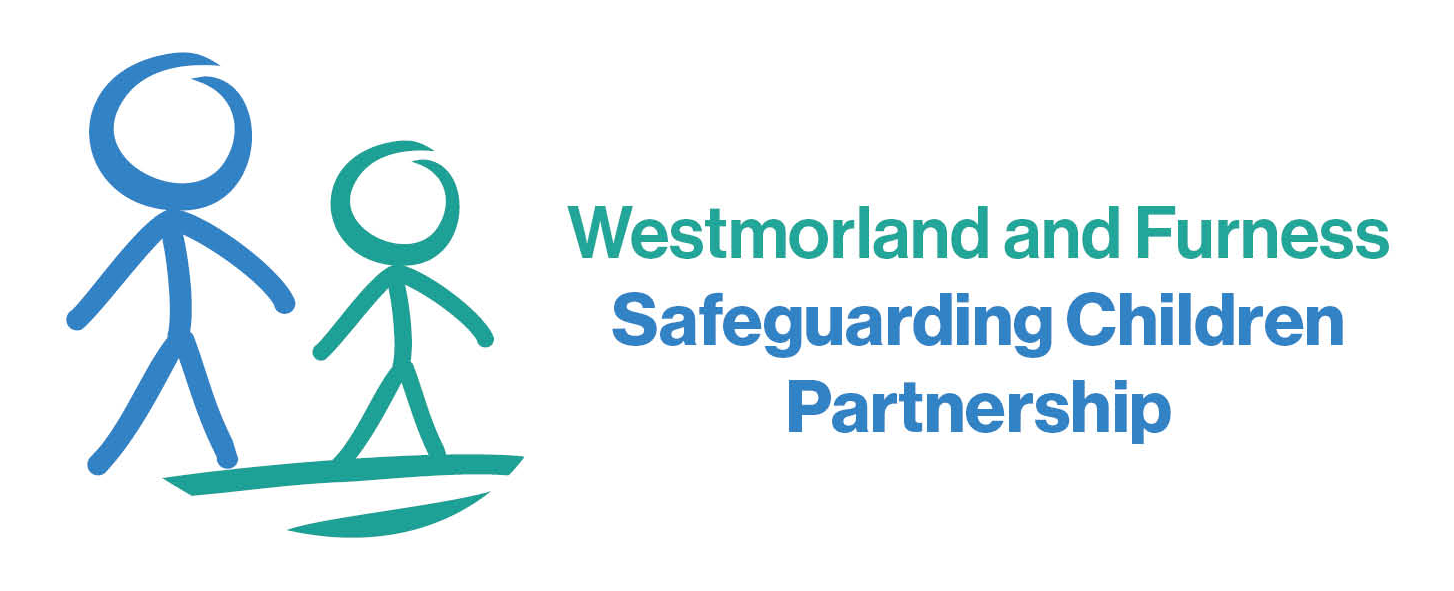Physical abuse
What is physical abuse
Physical abuse is when someone deliberately causes physical harm to a child or young person.
This includes hitting, kicking, shaking, burning, poisoning, drowning and other non-accidental acts of bodily harm. It also encompasses inducing illness or falsely presenting symptoms. Physical abuse can happen in any environment; at home, in school, or in care settings and can affect anyone, though children, disabled adults, and the elderly are more vulnerable.
Signs of physical abuse in children
Children may not always be able to say what is happening to them, but some signs to look out for include:
- bruises, cuts, burns, or bite marks with no clear explanation
- injuries in the shape of objects (e.g. belt buckle or hand)
- injuries in different stages of healing
- fearful behaviour, flinching, or shrinking back from adults
- reluctance to go home or frequent absences from school
- wearing long sleeves to cover injuries, even in hot weather
- a child describing being hit or hurt by someone
Babies and very young children may show:
- unexplained crying or distress
- difficulty sleeping or feeding
- unusual drowsiness, vomiting, or seizures
How physical abuse affects children
The impact of physical abuse goes beyond visible injuries. It can lead to:
- long-term physical health problems
- emotional and psychological trauma
- poor mental health, including anxiety, depression and post-traumatic stress
- problems with trust, relationships and self-esteem
- developmental delays and difficulties at school
- increased risk of substance misuse and self-harm later in life
Who is at risk
Physical abuse can happen in any family, but some parents might find it hard to give their children a safe and loving home if they're facing:
- poverty
- poor housing
- issues with drugs and alcohol
- mental health issues
- relationship problems
- domestic abuse
- isolation or a lack of support
- the effects of childhood abuse or neglect
Babies and children with disabilities are at greater risk of physical abuse, particularly those who are unable to communicate what’s happening to them or may not understand that what they’re experiencing is abuse.
What we do
In line with Working Together 2023, our Partnership operates a robust multi-agency framework involving local authorities, police, health services, education settings, social care and voluntary agencies. Key responsibilities include:
- early identification and reporting – encouraging professionals and the public to report concerns to our Multi Agency Children’s Hub (MACH)
- thorough Multi-agency Assessment – a coordinated approach to risk and needs assessment
- protective Planning – safeguarding plans that include medical care, legal protection and ongoing monitoring
- trauma-Informed Interventions – staff used trauma informed approaches to safeguarding children
- learning and improvement – regular reviews (Learning Reviews, SCRs, SARs) and practitioner training to embed lessons from local case studies
